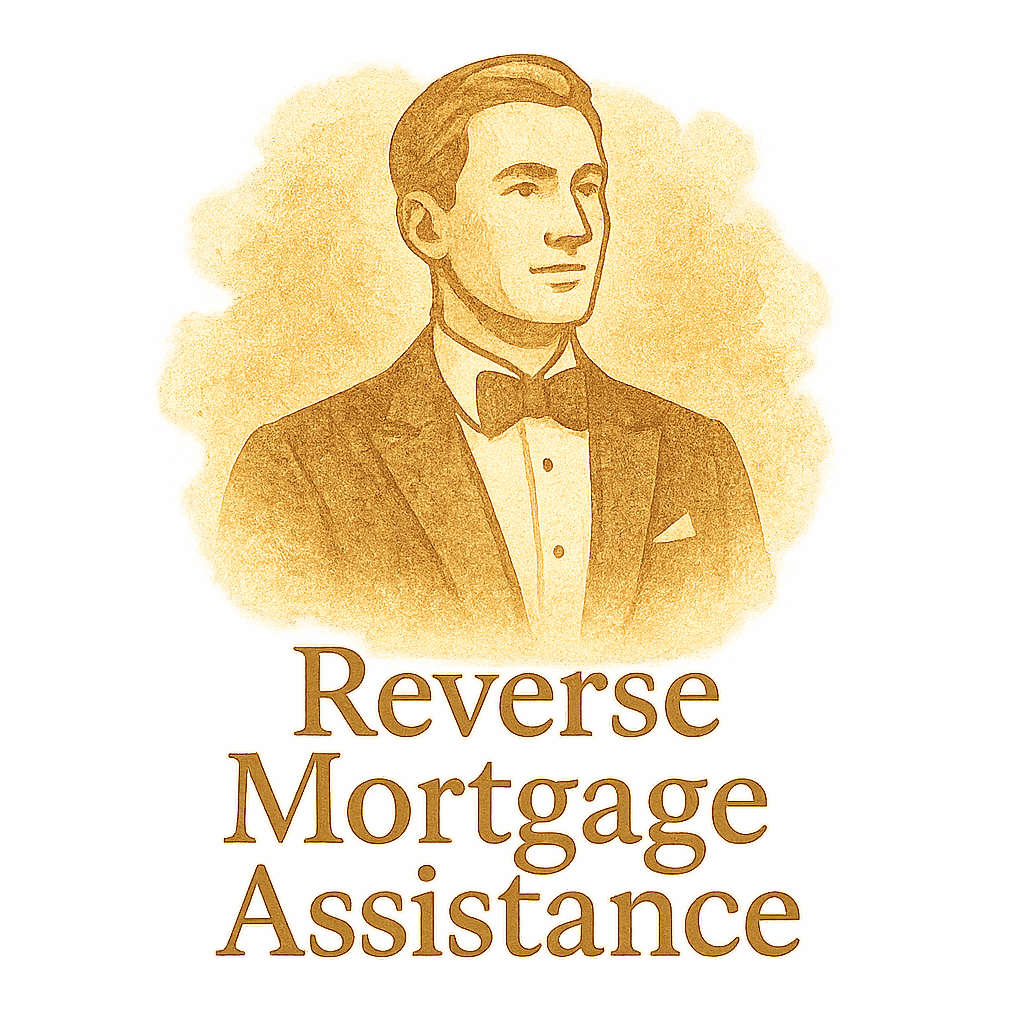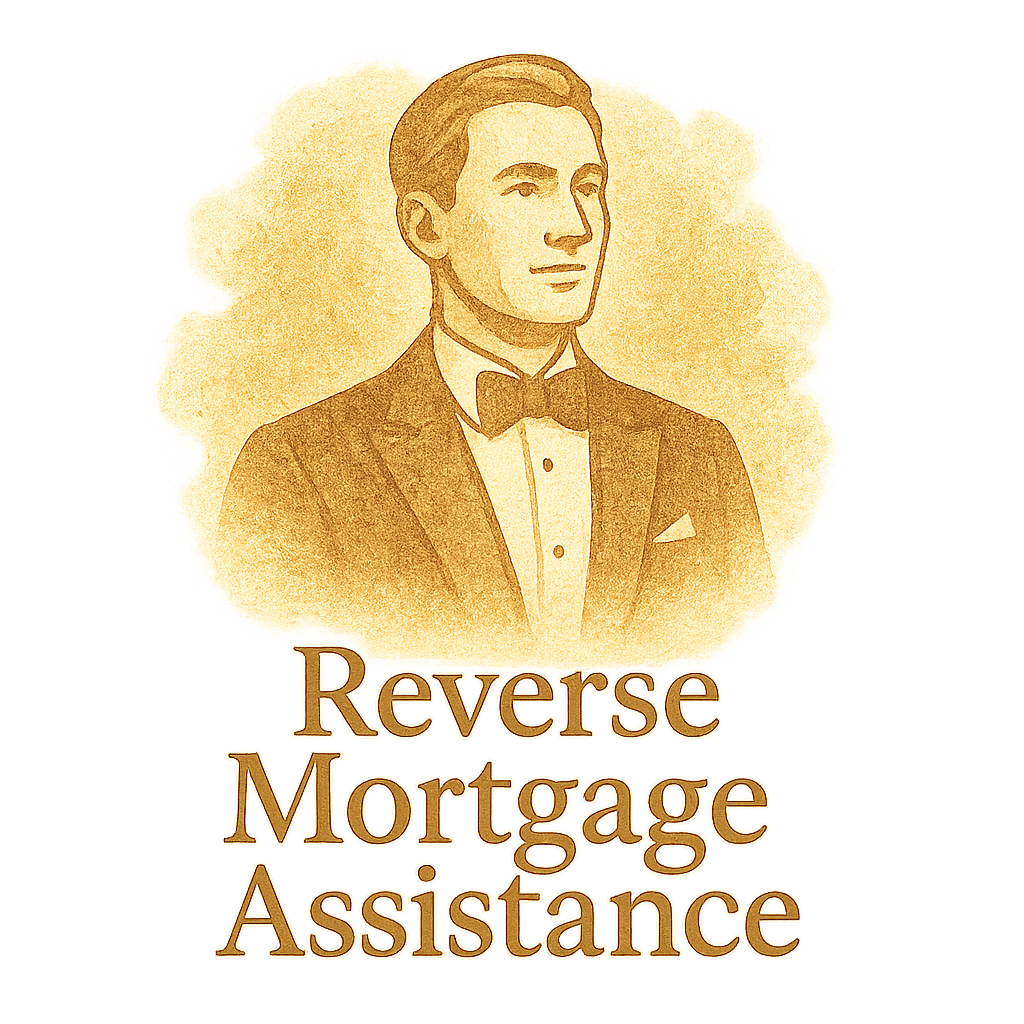Introduction
Retirement is supposed to be your time to relax and enjoy the fruits of decades of hard work. But what happens when your savings don’t stretch far enough, or unexpected costs throw your financial plans off track? That’s where a reverse mortgage might just come to the rescue. In fact, in the right situation, it can be a powerful tool to improve your retirement quality of life without selling your home or dipping into savings.
Let’s dive into 10 real-world retirement scenarios where a reverse mortgage makes perfect sense, plus explore key considerations and how to use it wisely.
What Is a Reverse Mortgage?
The Basics You Should Know
A reverse mortgage is a loan available to homeowners aged 62 or older that allows them to convert part of their home equity into cash. Unlike traditional loans, there are no monthly payments. Instead, the loan is repaid when you sell the home, move out permanently, or pass away.
Want to dig deeper into the basics? Visit our full guide here:
👉 Reverse Mortgage Basics
How Reverse Mortgages Work
You stay in your home, retain the title, and receive loan proceeds either as a lump sum, line of credit, or monthly payments. The loan balance grows over time as interest accrues, but you won’t have to make payments as long as you live in the home and meet other requirements.
Why Consider a Reverse Mortgage During Retirement?
Reverse mortgages can provide the financial breathing room many retirees need. They offer:
- Tax-free income
- Flexibility in how you receive the funds
- No monthly mortgage payments
- The ability to remain in your home
That’s a win-win, especially in the following retirement scenarios.
Scenario 1: You Want to Stay in Your Home Long-Term
If you love your home and want to age in place, a reverse mortgage helps you do that comfortably. It provides you with the income you need to cover property taxes, maintenance, and lifestyle costs—all while staying right where your memories are.
Explore how this connects with other senior strategies:
👉 Tag: Seniors
Scenario 2: You’re Struggling with Healthcare Costs
Medical expenses can be unpredictable—and hefty. A reverse mortgage gives you access to much-needed funds to handle things like:
- Prescription medications
- In-home care
- Mobility equipment
This solution helps keep you in control, especially when long-term care insurance falls short.
Related read:
👉 Tag: Retirement
Scenario 3: You Don’t Have Other Sources of Income
Maybe your retirement savings didn’t grow as expected, or you never had a 401(k) to begin with. In this case, tapping into home equity through a reverse mortgage could provide a consistent income stream during your retirement years.
For case examples and deeper dives:
👉 Tag: Mortgage Case Studies

Scenario 4: Your Home Has Significant Equity
If you’ve paid off most or all of your mortgage, your home could be your biggest untapped asset. Reverse mortgages make that equity work for you instead of sitting idle.
Dive into the numbers with our breakdown:
👉 Loan Comparison
Scenario 5: You’re Looking to Eliminate Monthly Mortgage Payments
This is one of the biggest draws of a reverse mortgage. If you still owe on a traditional mortgage, you can use a reverse mortgage to pay that off—freeing up your monthly income.
Want to compare all your options?
👉 Tag: Loan Comparison
Scenario 6: You Want to Delay Social Security Benefits
Delaying Social Security until 70 means bigger monthly checks—but you need a way to bridge the income gap. A reverse mortgage can help you wait by providing funds during the early years of retirement.
Explore how timing your finances helps in the long run:
👉 Mortgage Planning
Scenario 7: You’re Helping Family with Financial Support
Many retirees assist adult children or grandchildren with college, housing, or medical costs. Rather than draining savings, a reverse mortgage can provide a cushion that allows you to help your loved ones without sacrificing your own stability.
Scenario 8: You Need a Safety Net for Emergencies
Life throws curveballs. Having access to a reverse mortgage line of credit can act as a rainy-day fund—ready when you need it, growing over time, and giving you peace of mind.
Learn more about how to prepare financially:
👉 Tag: Preparation
Scenario 9: You’re Planning to Downsize Later
Some retirees want to stay in their current home for the next 5–10 years and move later. A reverse mortgage can support your lifestyle now without forcing you to sell early.
Discover what outcomes look like in real life:
👉 Tag: Outcomes
Scenario 10: You’re Exploring Estate Planning Tools
Reverse mortgages can actually be part of a smart estate plan. For example:
- Use funds to gift assets during your lifetime
- Avoid drawing down retirement accounts
- Help reduce estate taxes in some cases
But it’s essential to understand the fine print. Here’s where to start:
👉 Legal & Regulatory
👉 Tag: Legal Terms
👉 Tag: Contracts
Key Legal and Regulatory Considerations
Understanding Contracts and Obligations
Reverse mortgages come with specific responsibilities. For instance:
- You must live in the home as your primary residence
- You’re responsible for maintenance, taxes, and insurance
Breaking these terms can trigger repayment.
👉 Dive deeper here: Tag: Contracts
Legal Protections for Seniors
The government has put strong protections in place, such as mandatory counseling and non-recourse loan rules—meaning you (or your heirs) will never owe more than the home is worth.
👉 Check full legal info: Legal & Regulatory
Comparing Reverse Mortgages to Other Loans
Reverse mortgages aren’t for everyone. Compare them with:
- Home equity loans
- Home equity lines of credit (HELOCs)
- Personal loans
Each has pros and cons, but reverse mortgages uniquely require no monthly payments.
👉 Run a full comparison: Loan Comparison
Planning for the Future with a Reverse Mortgage
If you’re considering a reverse mortgage, don’t go it alone. Work with financial advisors, talk to your family, and make sure you understand the implications for:
- Taxes
- Medicaid eligibility
- Your estate
Need a step-by-step game plan?
👉 Mortgage Planning
Conclusion
There’s no one-size-fits-all solution in retirement, but a reverse mortgage can be a smart move when used strategically. Whether you’re short on cash, want to age in place, or are supporting family, tapping into your home’s equity might just unlock the comfort and freedom you’ve been looking for.
Ready to explore more? Start here:
👉 ReverseMortgageAssistance.com
FAQs
1. What’s the difference between a reverse mortgage and a home equity loan?
A reverse mortgage doesn’t require monthly payments and is repaid only when you leave the home. A home equity loan requires regular payments.
2. Can I lose my home with a reverse mortgage?
Not if you follow the loan terms, like staying in the home, paying taxes, and keeping up insurance.
3. Are reverse mortgage proceeds taxed?
No, the money you receive from a reverse mortgage is not considered income and isn’t taxed.
4. What happens to the loan after I pass away?
Your heirs can choose to repay the loan and keep the home or sell the home to cover the balance.
5. How does a reverse mortgage affect Medicaid or other benefits?
Funds from a reverse mortgage may impact needs-based benefits. Talk to an advisor to plan properly.
6. Can I refinance a reverse mortgage later?
Yes, in some cases you can refinance to take advantage of better terms or higher home value.
7. Is a reverse mortgage a good idea for everyone?
No, it depends on your financial goals, home equity, and long-term plans. It’s best to consult a professional.


